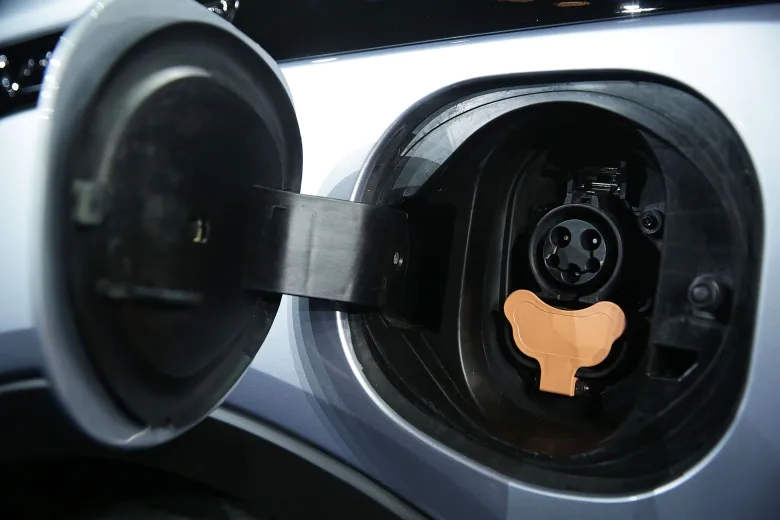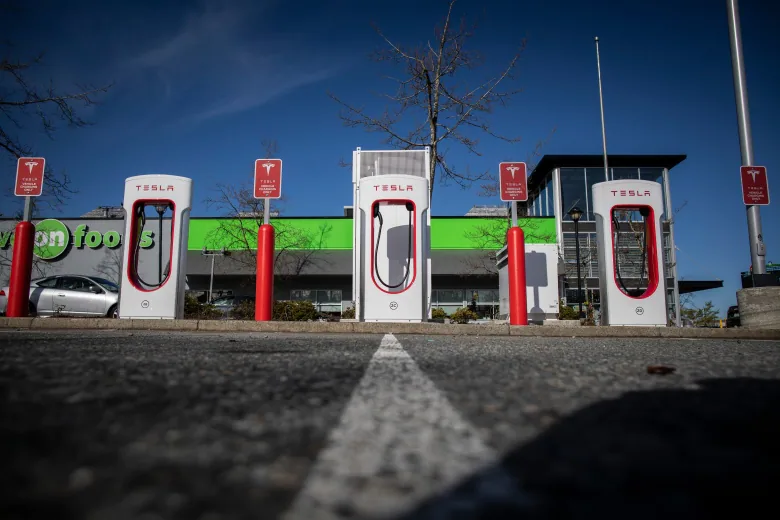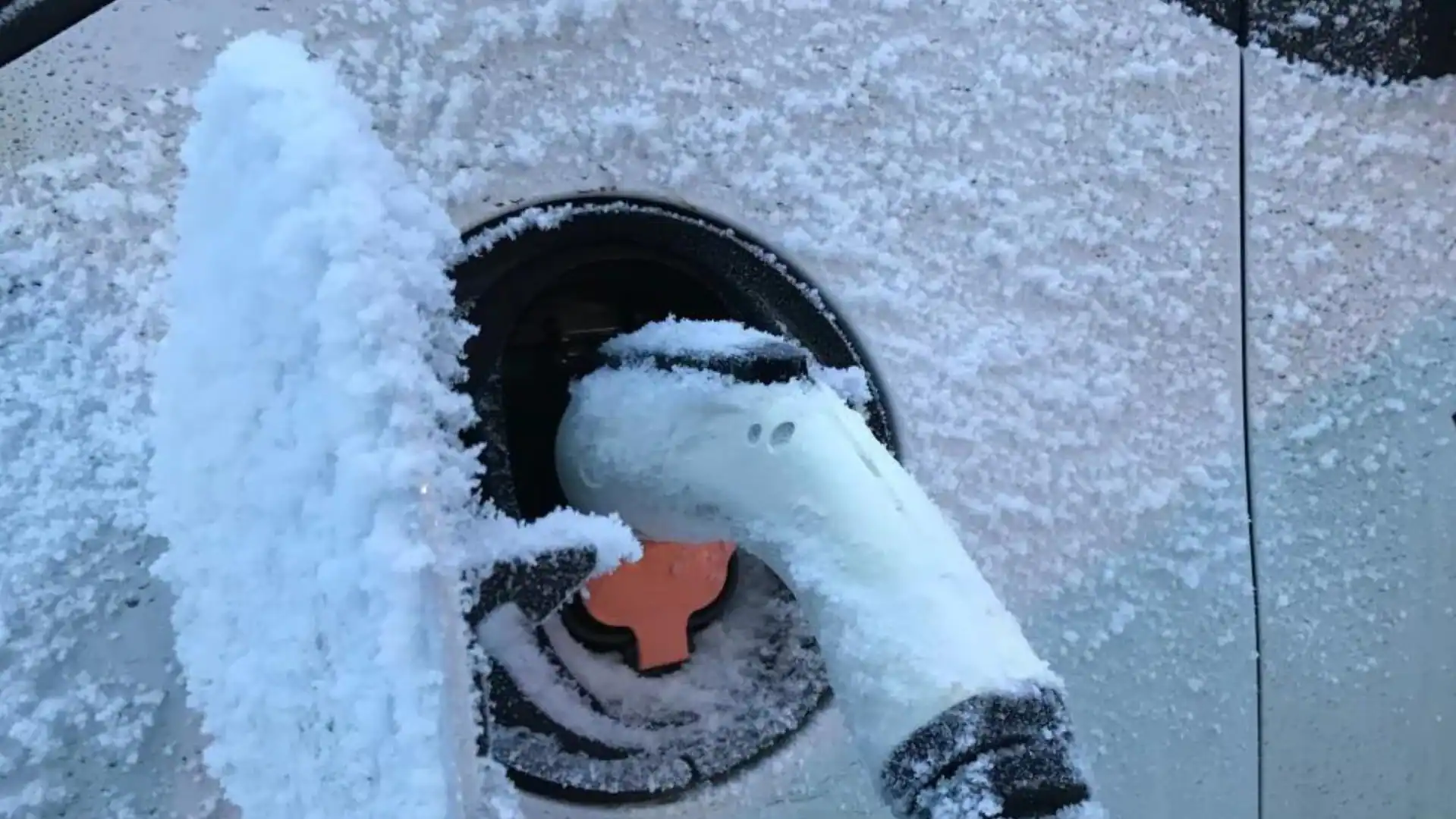This story idea came from audience members, like you, who got in touch with us. Send us your questions about electric vehicles and climate change. We are listening: [email protected]
With gas prices continuing to rise, we have been listening to your questions about electric vehicles (EVs). Here’s what you want to know.
How much does it cost to operate an EV vs. gas vehicle?
According to a 2022 analysis of the total ownership costs of popular car models by Clean Energy Canada, the cost of every EV analyzed was lower — often much lower — than the cost of its gas equivalent, with only one exception.
An average EV will cost up to $5 to $12 to go from empty to full in Canada, said Joanna Kyriazis, clean transportation program manager at Clean Energy Canada.
“You’re looking at about $16 to go 100 kilometres [on gas] … where an electric vehicle uses about 20 kilowatts of energy to do the same,” said David Giles, EV technical specialist and founder of All EV Canada, a Canadian EV experts group.
To move an EV 100 kilometres, he said, the price would be closer to $2.
Most EVs tend to have lower maintenance costs, in part because they have fewer moving parts than a traditional combustion engine. That means they don’t require oil changes to keep those moving parts lubricated.
EV parts also require replacements less often. A standard battery pack lasts for about five to eight years.
However, when EVs do require repairs, it could be higher than conventional repair costs.
How often do batteries need to be recharged?
While range can vary based on the vehicle, battery health and driving conditions, most EVs now have a charge of approximately 400 kilometres, according to All EV Canada.
“It all depends on driving patterns,” Kyriazis said. For instance, if you are commuting 50 kilometres every day, a single charge could last up to eight days.

However, it is not recommended to charge your EV past 80 per cent in order to allow space for regenerative braking, which also powers the battery.
You should also not let your EV fully discharge to zero per cent, which reduces the overall battery life, according to Green Cars, an EV advocacy group.
So if you do own an EV, you may want to consider keeping your charge somewhere between 30 to 80 per cent to get the most out of your battery life.
When it comes to comparing a full tank of gas to a fully charged EV, “they are very close in their ranges,” said Giles.
How long does it take to charge?
The answer to this depends on the size of the battery, and the type of charging method used.
There are three levels of EV charging:
-
Level 1: Uses a common 120-volt household outlet. This method works great for hybrid EVs, which have smaller batteries. Depending on the charger and battery size, this could take up to 20 hours to fully charge an EV.
-
Level 2: Most commonly used method for EV daily charging. The charging equipment can be installed in your home. It can take up to six to seven hours to charge a regular EV with this method.
-
Level 3: Also known as DC fast chargers. These can be found in charging stations on highways and can charge an EV from empty to 80 per cent in 30 to 45 minutes.
Daniel Breton, president and CEO of Electric Mobility Canada, explains the different levels of electric vehicle charging.
“Having driven electric cars for many years — it’s very rare actually that I use the fast chargers on highways, unless I go on a trip,” said Daniel Breton, president and CEO of Electric Mobility Canada.
How accessible are charging stations across Canada?
In provinces like B.C. and Quebec, charging infrastructure is really developed, said Breton.
“Where it gets a bit more complicated is when you live, let’s say, in downtown Toronto or Calgary or Montreal for that matter, because some people cannot charge at home,” he said.
If you live in an apartment or condo building and it doesn’t have infrastructure for EV charging, finding an outlet in an underground parking lot and keeping your EV plugged in overnight will help maintain the charge of the vehicle, Giles said.
As of May 2022, Canadian EV drivers have access to more than 16,000 chargers at over 6,000 public charging stations, according to data from Natural Resources Canada.
While most of these publicly available chargers are Level 2 chargers, there are about 1,200 DC fast charging stations across Canada.
“Eighty to 90 per cent of charging is at home when you have an electric car,” Breton said.
According to a 2021 analysis of EV readiness of the world’s 10 biggest auto markets, Canada ranks eighth among the 10 leading auto markets. The analysis by Ernst and Young attributes the ranking to low demand and an “insufficient” charging infrastructure.
Unlike looking for gas stations, drivers looking for an EV charging station may have to locate them on their phone using apps like ChargePoint and PlugShare.
“It’s a very different way of looking or trying to find a charger,” said Breton.
As of 2021, Canada had about 0.06 publicly available chargers for every EV on the road, according to the International Energy Agency.
Giles said the drawback in Canada right now is that the charging stations on highways don’t have enough chargers.
“I’m going to be at the charging station for 15 minutes — I pull up to a charging station and there’s only one charger and it’s already being used,” he said.
“Tesla is a good example of how it should look like — they have 10 charging stations at their charge points,” he said. The issue? Only Tesla models can be charged in these stations.
Many EV drivers have expressed their frustration over this issue.

An analysis done for Natural Resources Canada suggested we will need, on average, one charger for every 20 EVs by 2025, and after more EVs roll onto streets, the ratio would fall to about one in every 49 vehicles by 2050.
In the longer term, EV charging in Canada needs to be high level, relying more on DC fast charging for public charging systems, the analysis noted.
Do you lose battery in cold temperatures?
The short answer is yes, but it’s not that different from what you might lose in a gas vehicle.
All electric cars experience some degree of range loss in cold weather, according to a report from the battery analysis firm Recurrent.
“Not all electric cars are equal in the cold. Some are more efficient. Some are less efficient,” said Breton.
Just like batteries in your cellphones, cold weather slows down battery chemistry, which in turn results in less energy for acceleration.
EVs also draw from the battery to either heat or cool the battery pack to keep it at a safe temperature. That energy being used to maintain the temperature of the battery also contributes to the loss of range.
However, gas vehicles also lose fuel mileage trying to heat the engine in cold weather at a similar rate.
Cold winter air is denser than summer air, which increases the wind resistance, which in turn increases the fuel consumption by about 1.3 per cent, according to Natural Resources Canada.
It becomes “harder to run through the air with any car,” Breton said.
David Giles, EV technical specialist and founder of All EV Canada, talks about the range of EVs in winter in comparison to gas-powered vehicles.
Can our grid support it?
Right now the answer is yes, but in the longer term, changes would be needed.
Canada will need to make significant changes to its power generation and distribution systems to meet the rising demands and climate goals, according to a 2022 report by the Canadian Climate Institute.
Currently in Canada we have a “surplus of electricity overnight” produced to meet the needs of peak hours, said Kyriazis.
For many years, Canada’s surplus power has been sold to the U.S, according to Natural Resources Canada. Kyriazis said she thinks the best use of this surplus is to have more EVs plugged in to charge overnight.
“EVs can play a very positive role because it’s very easy to pre-program an electric car,” said Breton.
“What I would do is just use my phone, pre-program it to start charging at eight, and then it would be full by the morning.”
Giles said some people are also shifting to solar and wind power to produce energy for their EVs.
“However you want to produce that energy to fill your vehicle, you’re in control of that,” Giles said.
More and more electric vehicles are also becoming capable of not just storing energy but also powering a wider grid through bidirectional charging.
With bidirectional charging, vehicles are also able to discharge power from their batteries, feeding it back into buildings and the grid when plugged in.

The simplest use of this technology is what’s being marketed by vehicle manufacturers: spare power when you need it most.
That could be handy — and even life-saving — as climate change increases the risk of extreme weather.
Reference-www.cbc.ca

